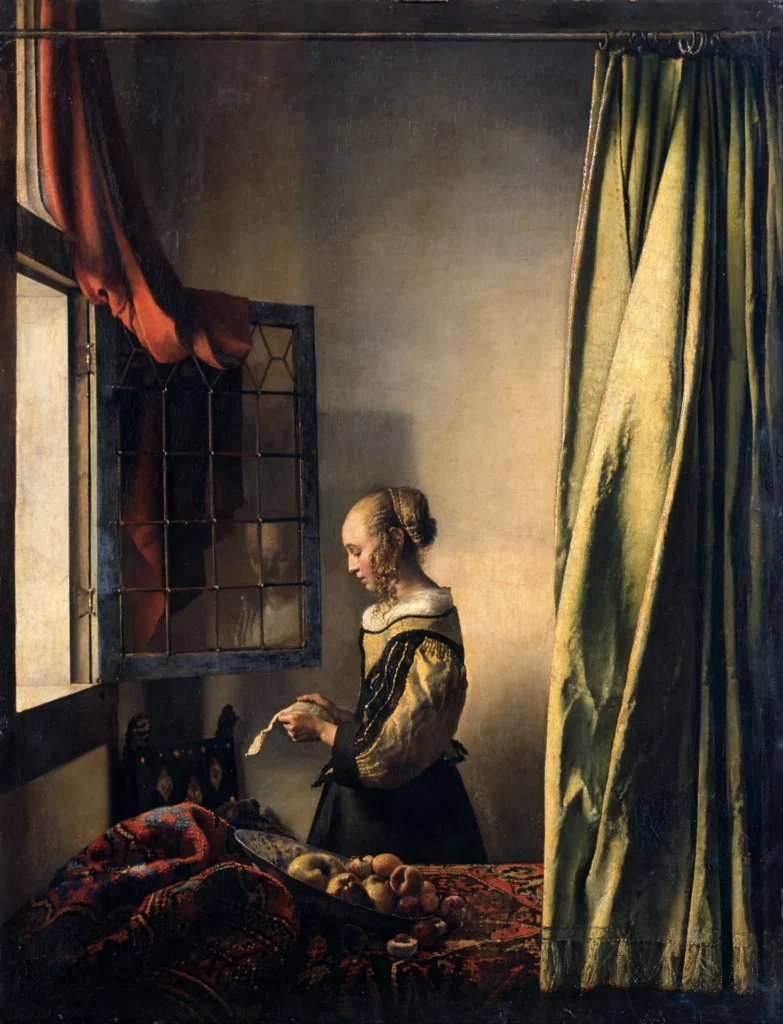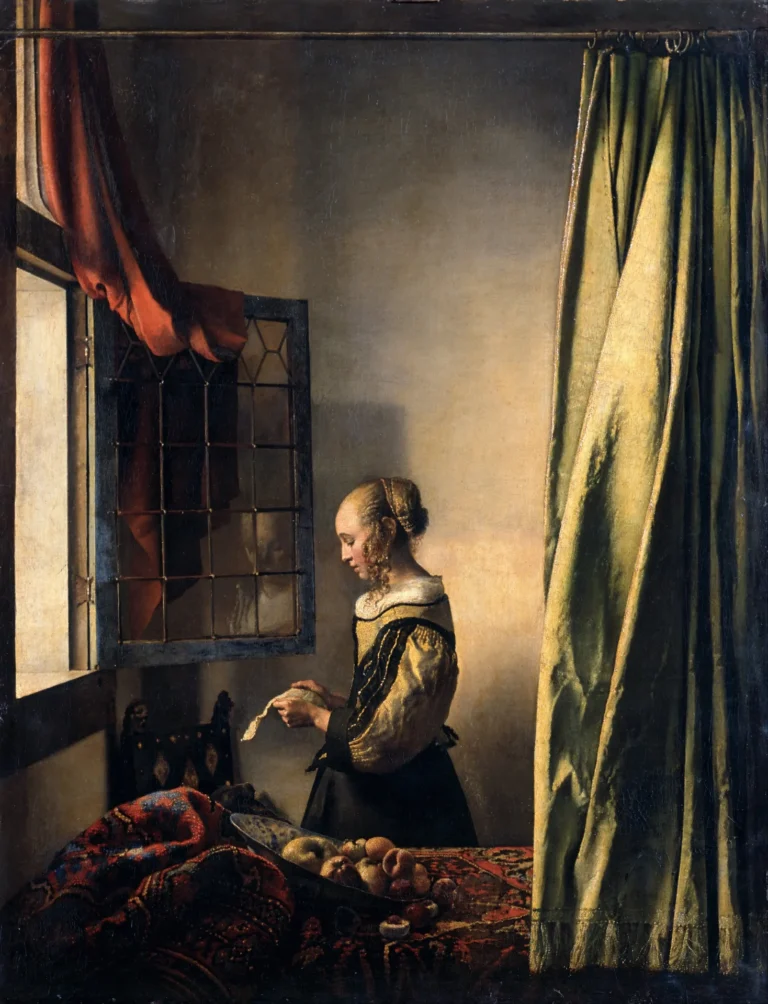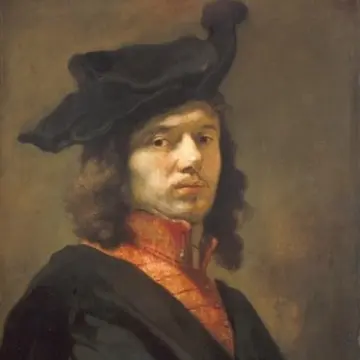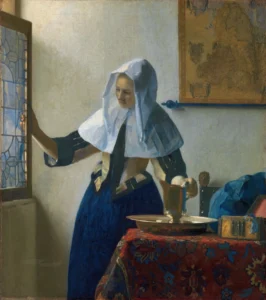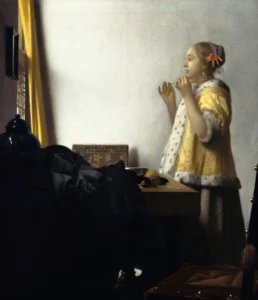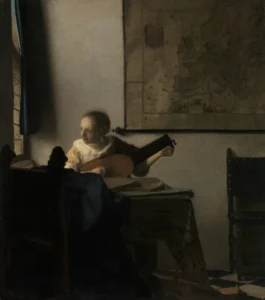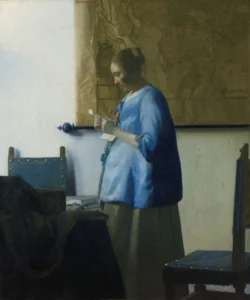Girl Reading A Letter By An Open Window
Johannes Vermeer's 'Girl Reading a Letter at an Open Window' is a splendid portrayal of a young Dutch woman engrossed in a letter. The composition features a tranquil domestic setting, heightened by an open window that symbolizes her yearning for freedom beyond her home. Vermeer's meticulous attention to light and detail, along with rich symbolism in the objects depicted, contributes to an overall sense of intimacy and mystery that has captivated art lovers for centuries.
1657-1659
About the Artwork
Did You Know
Liked what you see? Add it to your collection.
Enjoyed reading? Share it.
... continued
Key Elements
The painting depicts a young Dutch woman standing in full profile at an open window, absorbed in reading a letter. The scene is characterized by a sense of peace and quiet, with the open window symbolizing the woman's longing to extend her domestic sphere beyond the constraints of her home and society. The composition includes several elements such as a rug-covered table with a bowl of fruit and a peach cut in half, which serve to define the pictorial space. A red drapery hangs over the window, and a tasseled ochre drapery in the foreground partially masks the room, acting as a repoussoir to guide the viewer's gaze.
Symbolism and Technique
The painting is rich in symbolism; the open window and the fruit are interpreted as symbols of the woman's emotional state and possibly extramarital relations. The letter itself is believed to be a love letter, a notion supported by the discovery of a painted-over image of a cupid (putto) on the wall in the upper right portion of the piece. This cupid was revealed during a restoration project in 2018-2021, indicating that the overpainting was done after Vermeer's death. Vermeer's use of light and reflection is notable, with the reflection of the girl in the window pane providing an indirect view of her face. However, this reflection is anatomically inconsistent with her actual position, adding to the enigmatic nature of the painting.
Restoration and History
The painting has undergone significant restoration. For many years, its attribution was lost, with the work being credited to Rembrandt and Pieter de Hooch before it was correctly identified as a Vermeer in 1880. After World War II, the painting was briefly in the possession of the Soviet Union before being returned to the Gemäldegalerie in Dresden, where it is currently displayed. A recent restoration project from 2018-2021 removed overpainting that had covered the cupid image, restoring the painting to its original intent as conceived by Vermeer.
Materials and Composition
The painting measures 83 cm × 64.5 cm and is executed using typical pigments of the Baroque period, including azurite, lead-tin-yellow, vermilion, madder lake, and lead white. The use of draperies and a rug-covered table as compositional barriers is a common technique in Vermeer’s work, seen in several of his interior scenes.




